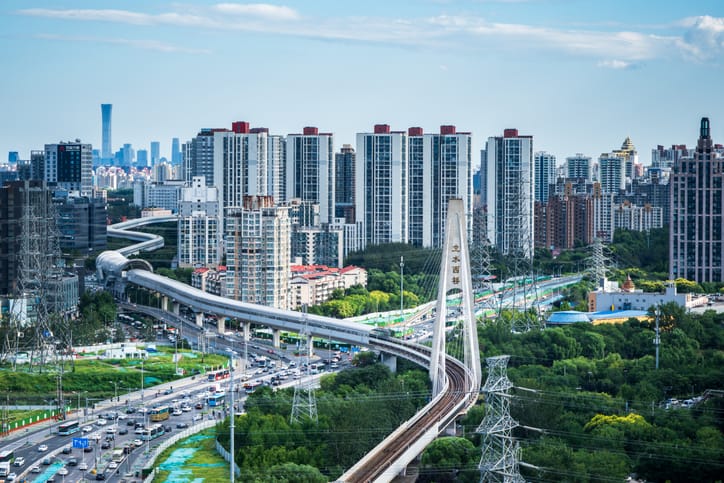
By Vincent Choi, Pomelo Pay chief executive
Without doubt, hospitality has been one of the hardest hit sectors during the pandemic. Its economic output has fluctuated wildly since COVID-19 hit the UK, correlating with periods of closure and re-openings, and its revenue remains well below pre-pandemic levels.[1]
Added to that, the sector has endured inconsistent external support to survive, and uncertainty over what lies ahead. This has only been worsened by the Government’s recent decision to delay the UK’s full lockdown exit to mid-July.
That being said, re-opening is on the horizon, and the payments sector needs to do everything it can to support hospitality businesses. A seamless and diverse digital payment ecosystem, which could include anything from QR codes to payment links to Apple and Google Pay, will be vital to speeding up the recovery process and future-proofing the sector from future external shocks.
Many businesses will likely already have a head start here after the pandemic accelerated the adoption of contactless payments. Restaurants, pubs and event venues have adapted quickly, implementing contactless payment options swiftly, often through using a debit or credit card and tapping it on a card reader. But whilst this is more hygienic than chip and pin, the payment method still leaves a lot to be desired, both in terms of efficiency and customer journey.
Seamless payments are primarily important because they improve productivity. To put it bluntly, payment methods such as QR codes make taking a payment quicker which means people spend less time waiting to pay and businesses can focus on serving more customers.
QR code technology was first introduced in Japan in the 90s, and quickly rose in popularity in Asia after people realised just how efficient QR payments are for sharing information and simplifying payments. Although adoption in the West was slower, the pandemic has increased people’s familiarity with them. 67% now agree that QR codes make life easier in an increasingly contactless world.[2] For the hospitality industry, they’re also versatile and can be used in a lot of ways – whether that’s being added to posters, hotel rooms or even coasters. Instead of spending time taking orders or payments, servers can now focus on delivering a sparkling customer experience.
This improved efficiency could have other positive knock on effects, including alleviating pressure on staff in a sector facing huge shortages. Figures have suggested that more than one in ten UK hospitality workers left the industry in the last year – a combination of the pandemic and Brexit have been blamed.[3] A smaller pool of staff means businesses need to make time savings wherever possible, and higher velocity payments can deliver just that.
Customer spending habits are changing too. For a very long time, businesses, through no fault of their own, have had limited ways to take payments, but today, when you go out for a meal or drink, the customers’ main priorities when paying are safety and speed. Added to this, cash as a payment method is fast disappearing altogether. Only 23% of all payments in 2019 were made using cash, down from close to 60% a decade earlier.[4] Customers want a frictionless journey, and a business upgrading its payments offering is an easy way to level up quality of service.
Several hospitality businesses also still take payments over the phone, which can sometimes put off customers who may not feel comfortable doing that. Having the option of a payment link, which can be sent to them securely, is much more likely to put the customers mind at ease and secure the sale.
Software operator Vita Mojo has even found that there are significant financial gains from using digital payments with customers typically spending 15% more per order when ordering through a digital interface than via a waiter or cashier.[5]
Hospitality has suffered setback after setback for well over a year, and there are still some big challenges ahead to help the sector recover. Whilst seamless payments can’t solve all of these, they can bring the efficiency, flexibility and customer service needed to help alleviate the pressure and get the sector back on the right track.


